Explore soluções eficientes de troca térmica para Sistemas de Aquecimento Urbano, obtenha seleção de produtos, suporte técnico e estudos de caso para melhorar imediatamente o desempenho do seu sistema!
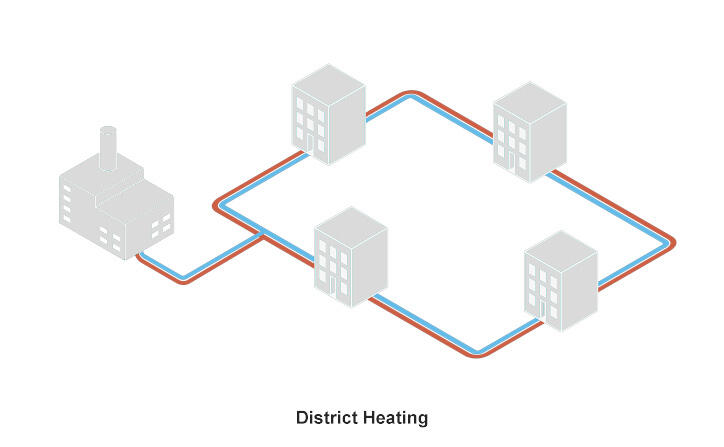
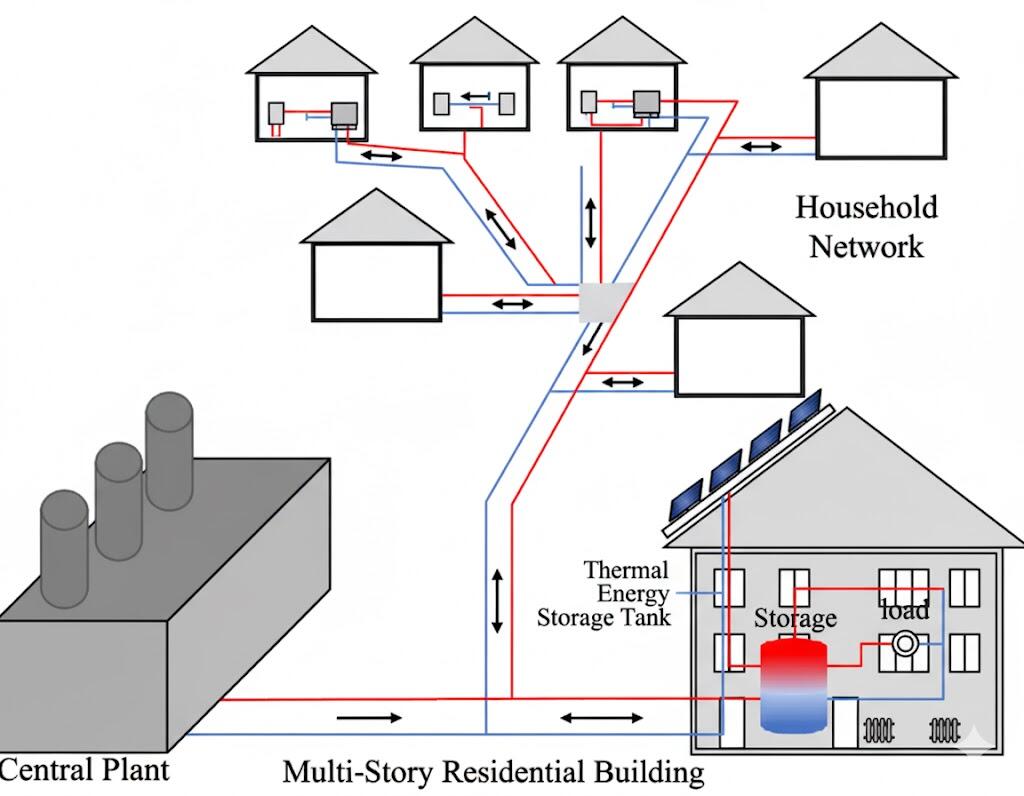
O sistema de aquecimento urbano distribui calor através de tubulações. A energia térmica gerada por uma fonte de calor é transportada aos usuários por meio de uma rede de tubos isolados como água quente ou vapor, para aquecimento de edifícios, água quente doméstica e algumas necessidades de aquecimento industrial. As fontes de calor podem provir de diversas origens, incluindo caldeiras a carvão e a gás, energia geotérmica, biomassa, calor residual industrial e sistemas de cogeração, permitindo uma utilização eficiente da energia e um fornecimento diversificado. O sistema de aquecimento urbano substitui principalmente o aquecimento descentralizado, reduzindo o desperdício de energia e a poluição ambiental, melhorando a eficiência energética térmica e diminuindo as emissões de dióxido de carbono e poluentes. O aquecimento urbano também facilita a gestão e manutenção centralizadas, aumentando a inteligência e segurança do gerenciamento energético urbano.
O trocador de calor de placas é um dispositivo de troca térmica composto por placas onduladas, juntas de vedação, placas fixas e móveis, parafusos de aperto e um quadro de suporte. As placas possuem um design ondulado especial que aumenta a turbulência do fluido, melhora a transferência de calor e garante a resistência do dispositivo. Juntas de vedação são embutidas ao redor das placas para direcionar o fluxo alternado de fluidos quentes e frios e evitar mistura, assegurando uma vedação confiável. Fluidos com temperaturas diferentes circulam em canais adjacentes, transferindo calor através das placas sem contato direto. Esse método não só proporciona uma troca de calor eficiente, mas também garante o isolamento completo entre os meios, evitando contaminação cruzada. Os trocadores de calor de placas oferecem uma eficiência de transferência de calor 3 a 5 vezes maior do que os sistemas tradicionais de casco e tubo. São compactos, exigem pouco espaço, são fáceis de manter e podem ser facilmente desmontados para limpeza.
Nos sistemas de aquecimento urbano, os trocadores de calor de placas conectam a rede primária (lado da fonte de calor) e a rede secundária (lado do usuário), garantindo uma transferência eficiente de calor enquanto isola completamente a qualidade da água e a pressão em ambos os lados. Além de aumentar a segurança e estabilidade do sistema ao prevenir o refluxo de contaminação proveniente do lado do usuário, também permite o ajuste flexível dos parâmetros de aquecimento com base nas cargas regionais, melhorando assim a eficiência energética e a eficiência operacional. Os trocadores de calor de placas são um componente essencial nos modernos sistemas de aquecimento urbano.
1. Estação de Troca Térmica
Esta é a aplicação mais típica. Os trocadores de calor de placas são instalados em estações de troca térmica para transferir o calor da fonte térmica (rede primária) para a água quente fornecida ao usuário (rede secundária), garantindo ao mesmo tempo o isolamento completo da qualidade da água e da pressão. Isso impede que impurezas da rede primária entrem no sistema do usuário, assegurando a operação segura dos equipamentos e facilitando a gestão e manutenção por zonas.
2. Trocadores de Calor Independentes para Edifícios
Nos sistemas urbanos de aquecimento centralizado, cada edifício é equipado com um trocador de calor de placas independente para troca térmica secundária, fornecendo água quente aos sistemas de aquecimento interno ou aos sistemas de água quente sanitária. Este arranjo facilita a medição por unidade habitacional e o controle de temperatura, melhorando o conforto e a eficiência energética.
3. Estações de Troca Térmica de Bairro nas Redes de Aquecimento
Para sistemas urbanos com ampla cobertura de aquecimento, estações de troca de calor podem ser instaladas em nós intermediários. Trocadores de calor de placas podem ser usados para transferir calor em seções, reduzindo perdas térmicas e aumentando a flexibilidade e ajustabilidade da rede.
4. Recuperação de Calor Residual e Otimização Térmica do Sistema
Trocadores de calor de placas também podem ser utilizados para recuperar calor residual industrial, calor dos gases de escape de caldeiras ou calor residual de sistemas de bombas de calor. Esse calor recuperado de baixa qualidade pode ser reutilizado em sistemas de aquecimento, permitindo o aproveitamento energético em cascata e a conservação de energia com redução do consumo.
| Material | Abreviação | Principais Características | Vantagens no Aquecimento por Rede | Condições Adequadas (qualidade da água / temperatura) | Custo |
|---|---|---|---|---|---|
| Aço inoxidável austenítico | AISI 304 | Boa resistência à corrosão e econômico. | Adequado para redes primárias de aquecimento urbano convencional com qualidade de água relativamente boa. | Água limpa e neutra; fontes de calor primárias (por exemplo, água de retorno de usinas termelétricas, água de caldeira neutra). | Baixa |
| Aço inoxidável austenítico | AISI 316 / 316L | Contém molibdênio; maior resistência à corrosão por cloretos e pites do que o 304. | Material mais comumente utilizado no aquecimento urbano, especialmente adequado para redes secundárias (lado do usuário) ou qualidade de água ligeiramente inferior. | Qualidade geral da água, especialmente onde podem existir pequenas quantidades de cloretos (por exemplo, água potável de reposição, água não totalmente amaciada). | Médio |
| Ligação de titânio | Ti | Excelente resistência à corrosão, resistência extremamente elevada à corrosão induzida por cloretos. | Adequado para interfaces que utilizam água do mar, água geotérmica ou fontes de alta salinidade. Raro no aquecimento urbano, a menos que a qualidade da água seja muito ruim. | Meios com alto teor de cloretos e corrosivos (por exemplo, algumas águas geotérmicas, água do mar). | Muito elevado |
| Hastelloy | Hastelloy | Resistência extremamente alta a ácidos, álcalis, cloretos e outros meios corrosivos. | Utilizado onde é exigida resistência especial à corrosão, como na recuperação de calor residual industrial ou fontes térmicas especiais. | Meios fortemente corrosivos. | Extremamente Alto |
Nota: escolha o material com base nas condições reais de química da água, temperatura e pressão; o custo refere-se à despesa relativa de aquisição e ciclo de vida.
Contate-nosCalcule a área de troca térmica necessária com base na carga térmica do sistema, vazão e temperaturas de entrada e saída.
A rede primária de um sistema de aquecimento urbano possui altas pressões e temperaturas, portanto os parâmetros de projeto devem corresponder às condições operacionais. Para sistemas de alta temperatura e alta pressão, recomenda-se o uso de trocadores de calor de placas semi-soldados ou totalmente soldados, por questões de segurança e vedação.
O material da placa deve ser selecionado de acordo com as propriedades do meio, corrosividade da água e condições de temperatura. Materiais comuns incluem aço inoxidável (304, 316L), titânio e ligas à base de níquel.
A estrutura de corrugação afeta tanto a eficiência da transferência de calor quanto a resistência do fluido. Selecione o ângulo de corrugação e o layout do canal apropriados com base na vazão do sistema, limite de queda de pressão e características do meio, para garantir um desempenho ideal.
Para grandes usinas de aquecimento ou trocadores baseados em distritos, deve-se considerar a facilidade de desmontagem e limpeza. Os trocadores de calor de placas desmontáveis são convenientes para manutenção, enquanto os tipos soldados são mais adequados para necessidades de alta pressão e vedação hermética.
O sistema deve ter uma certa margem de ajuste para flutuações sazonais de carga. Os trocadores de calor de placas podem ajustar flexivelmente a capacidade mediante adição ou remoção de placas, permitindo expansão futura.
Além do custo inicial do equipamento, devem ser considerados o consumo energético durante a operação, intervalos de manutenção, custos de peças sobressalentes e confiabilidade a longo prazo, para garantir o melhor retorno geral sobre o investimento.
Aprimorando eficiência, confiabilidade e sustentabilidade de longo prazo em sistemas de aquecimento distrital.
A JINFAN dedica-se à pesquisa, desenvolvimento e fabricação de trocadores de calor de placas de alto desempenho. Utilizando tecnologia avançada de fabricação e controle rigoroso de qualidade, garantimos a confiabilidade de cada produto. Oferecemos serviços personalizados, adaptando materiais das placas, tipos de juntas e configurações de fluxo às suas necessidades específicas. Nossa equipe técnica profissional fornece resposta rápida, suporte com peças sobressalentes e um serviço abrangente de pós-venda para garantir a operação segura e eficiente do seu sistema.
Entre em contato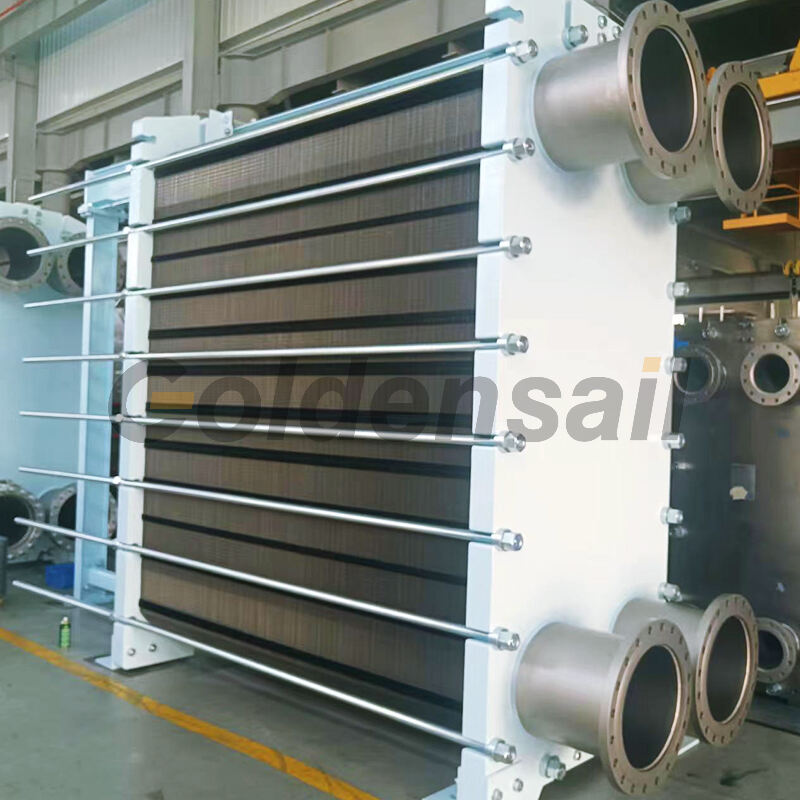
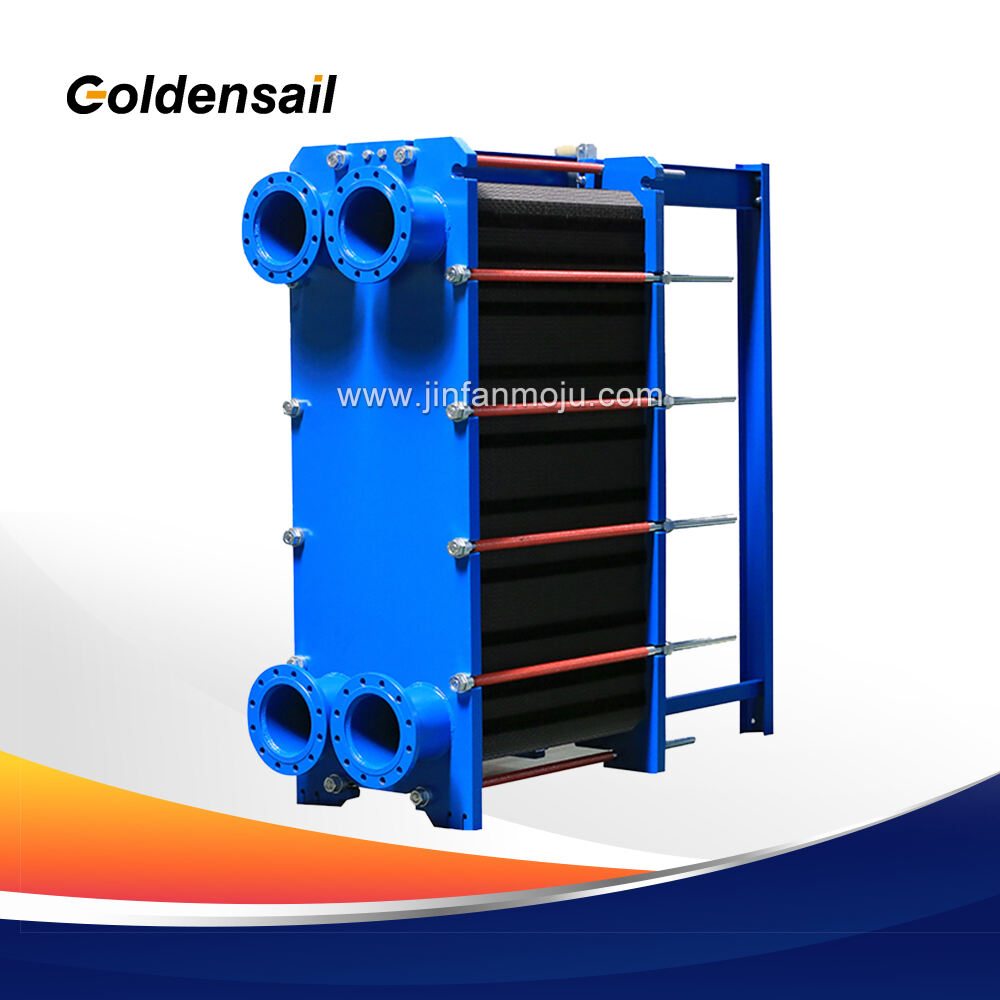
Removível para fácil manutenção e inspeção. Oferecemos centenas de tipos de placas, múltiplos materiais e diversos modelos de juntas.
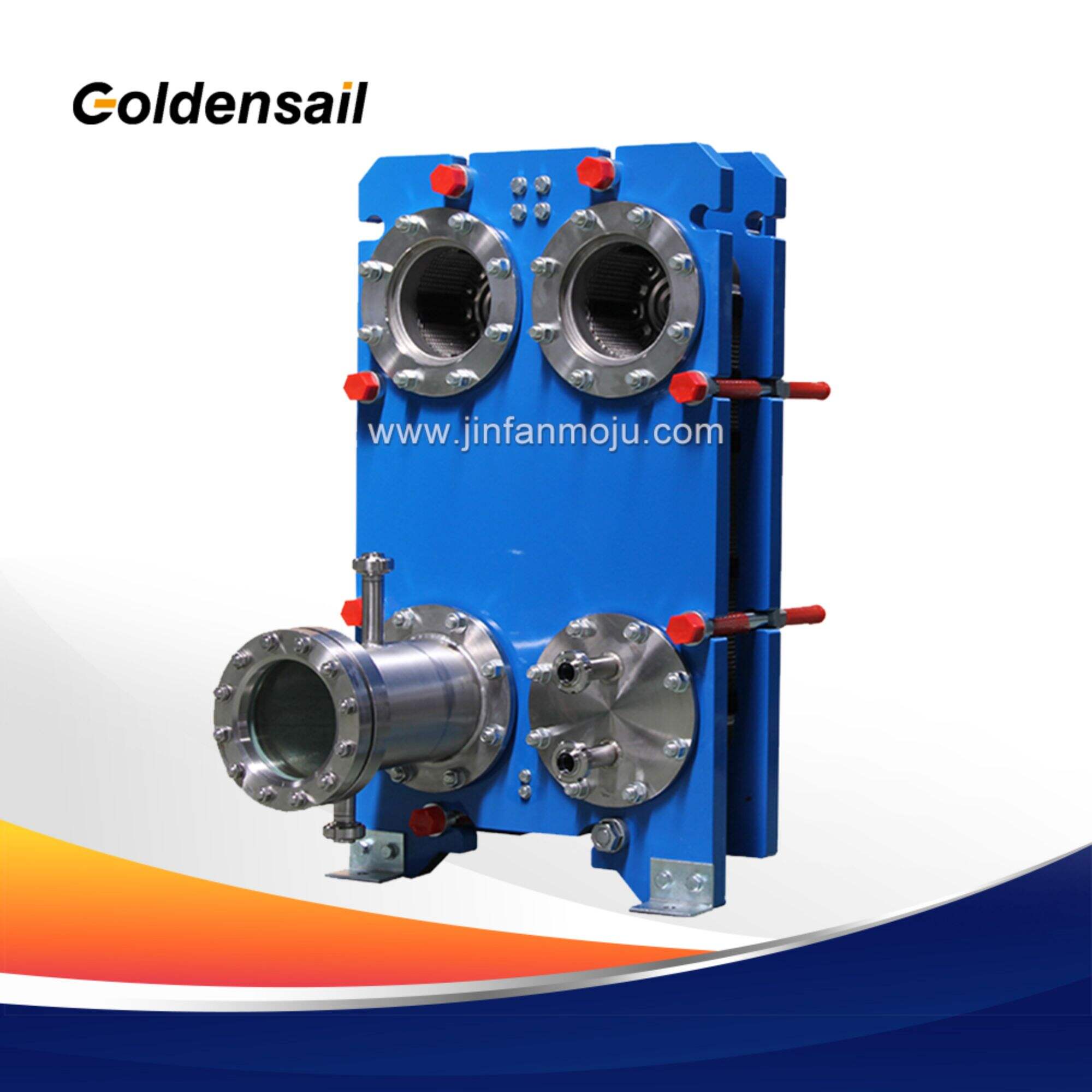
Ideal para altas pressões e meios corrosivos. Temos várias especificações de feixes de placas soldadas.
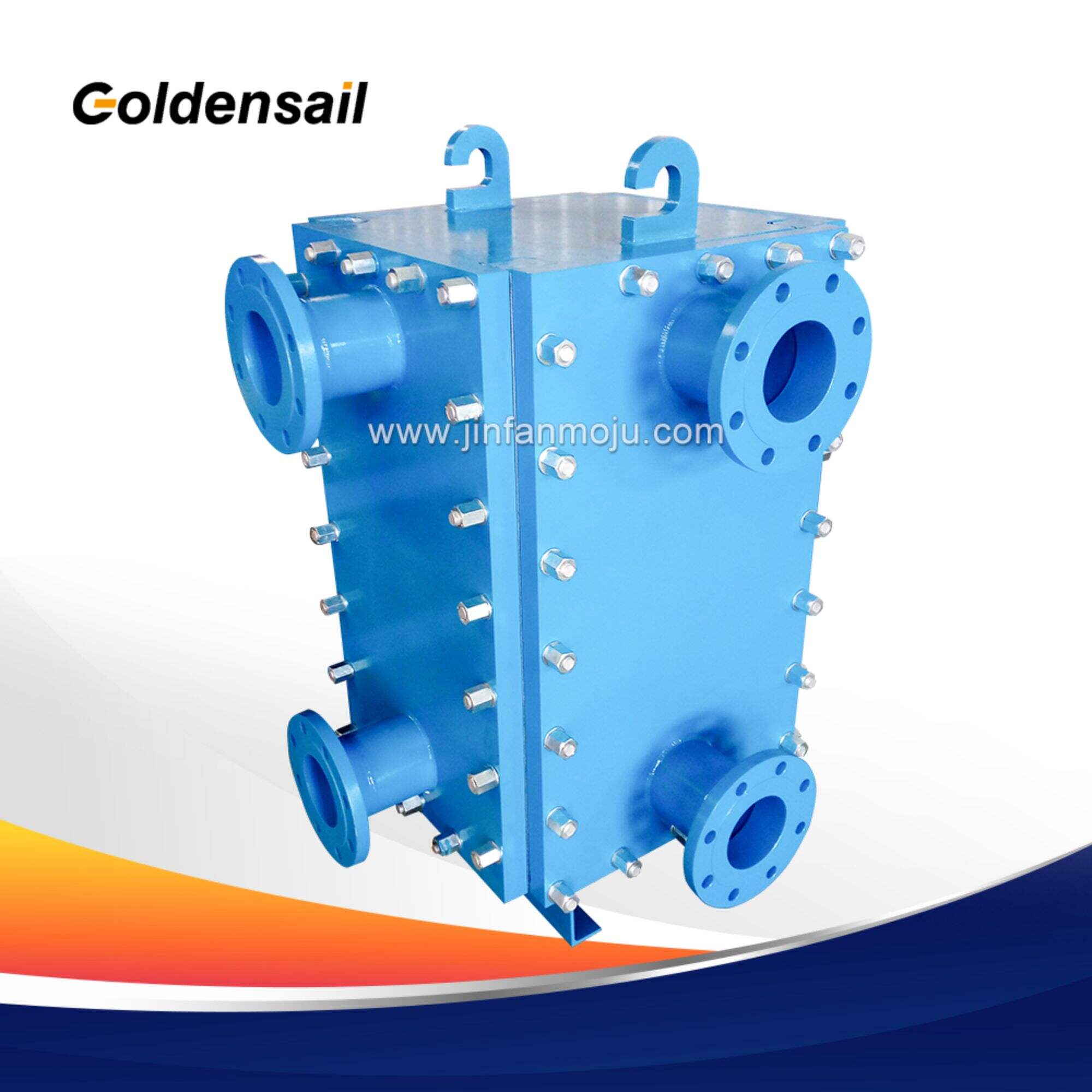
Sem qualquer junta, o risco de vazamento é eliminado. É amplamente utilizado nas temperaturas, pressões mais elevadas e em ambientes altamente corrosivos.